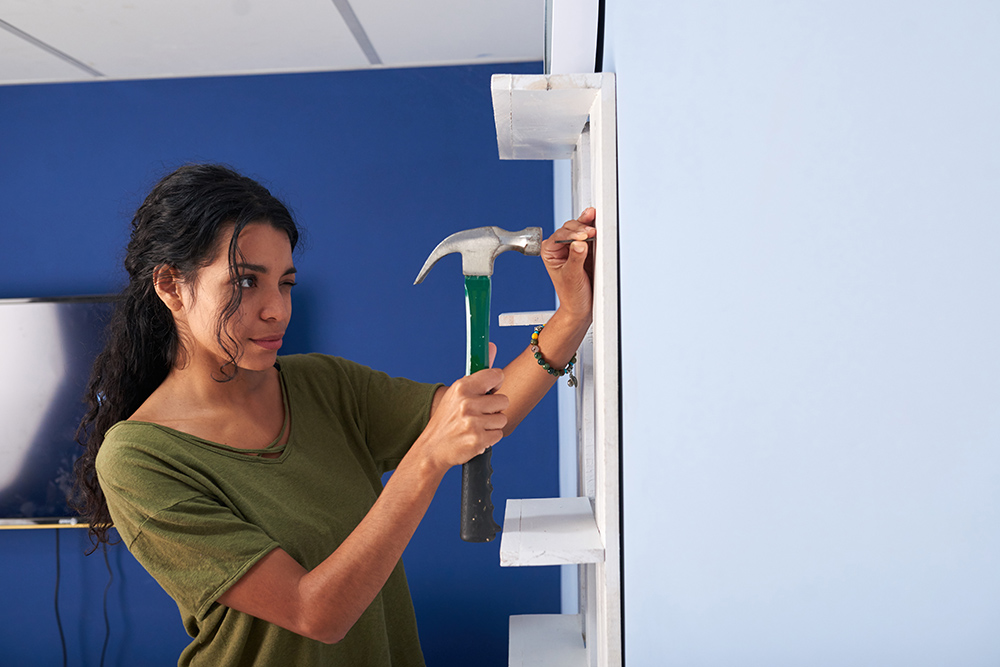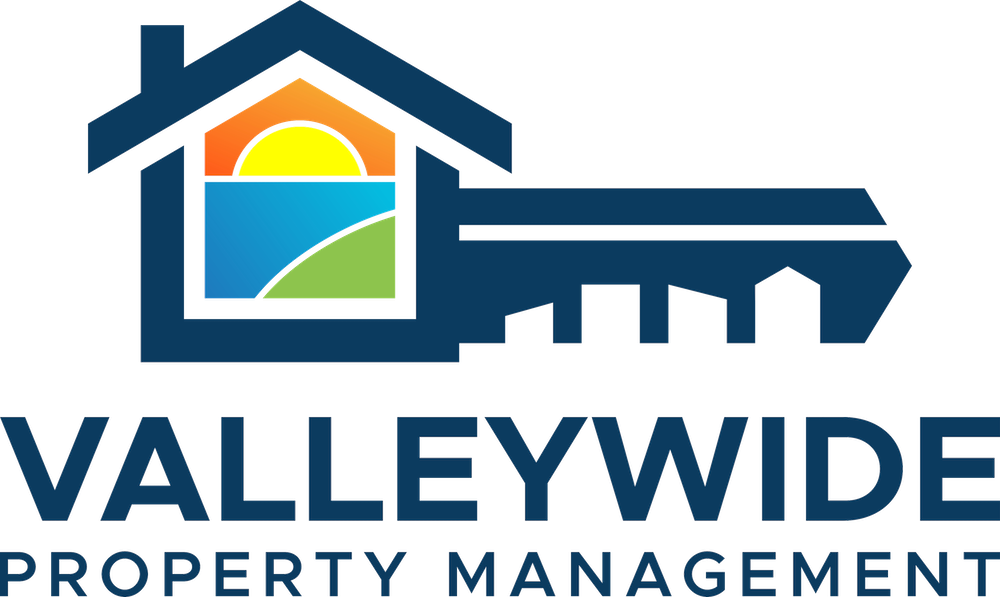What Should Go in Your Lease? 10 Clauses Every California Landlord Needs

Finally found the right tenant? That’s a big win. But tenant screening and rental applications won’t alone do your job. Before you hand over the keys, it’s crucial to lock down the lease agreement. It’s for your own safety; the clearer the lease, the fewer headaches down the road.
A well-written lease protects your property, income, and peace of mind. Whether you’re new to landlording or a seasoned pro, California’s rental laws can be tricky to navigate, and missing important clauses could expose you to unwanted troubles.
So, what exactly should go into your lease? From rent due dates to maintenance responsibilities and everything in between, we’ve rounded up 10 essential clauses every California landlord should include. Use this list as a checklist, conversation starter with your attorney, or just a reminder to cover your bases.
What Is a Lease Agreement Clause?
A lease agreement clause is a section in your rental contract that lays out specific terms and responsibilities for you and your tenant. These clauses cover everything from rent payments to property maintenance, which helps ensure that everyone is on the same page from day one. When clearly written, they protect your property, reduce misunderstandings, and make the entire leasing process smoother for you.
1. Payment Clause

Image Source: freepik.com/jcomp
A well-written payment clause leaves no room for confusion. It should outline the rent amount, due dates, accepted methods, grace periods, and late fee policies. Clear terms help avoid disputes and set firm expectations from the start.
Besides, if you’re renting to multiple tenants, make sure to include a joint and several liability clause. This clause holds each tenant responsible for the full rent and any damages, even if one person can’t pay.
2. Severability Clause
The severability clause is a small but crucial safeguard. It states that if any part of your lease is found to be unenforceable in court, the rest of the agreement remains valid. Without this clause, one invalid provision could potentially impact your entire lease. Including it adds a layer of legal protection you shouldn’t skip.
Here’s a good example of how you can include it in your lease:
“Severability Clause. If any provision of this lease is held invalid or unenforceable, the remainder of the agreement shall remain in full force and effect.”
3. Security Deposit Clause
Security deposits are often a source of tension, so it’s best to clearly state everything from the start. In this clause, spell out the exact deposit amount, who holds the funds, and under what circumstances it may be withheld, such as damage beyond normal wear and tear or unpaid rent.
You should also mention how and when the deposit will be returned once the lease ends. A well-written security deposit clause helps prevent disputes by setting clear expectations for both landlord and tenant.
4. Use of Premises Clause
This clause defines how the tenant is allowed to use the property. Most residential leases limit tenants from using the property for living purposes only, not for running a business or operating short-term rentals.
Moreover, it’s a good idea to highlight what’s not allowed, such as illegal activities, excessive noise, or anything that violates local laws or zoning rules. Laying this out clearly protects both your property and your peace of mind.
5. Access to Premises Clause
Landlords occasionally need to enter the rental for repairs, inspections, or emergencies, but it has to be on agreed-upon terms. This clause should explain when and why access might be needed, how much advance notice you’ll give (usually 24 hours), and what times are considered reasonable for a visit, typically, standard business hours. Being upfront helps avoid misunderstandings and respects your tenant’s privacy.
6. Maintenance and Repairs Clause

Image Source: freepik.com/pressfoto
A well-maintained property benefits everyone, which is why this clause is so important. Clearly outline what maintenance tasks, like changing air filters or keeping the yard tidy, fall to the tenant and how often these should be done.
List the areas you’re responsible for, such as plumbing, heating, or major repairs. Also, be specific about how tenants should submit maintenance requests. Written requests (via email or an online portal) are easier to track, help you stay organized, and protect both parties if questions arise later.
7. Utilities and Services Clause
It’s important to clarify who’s responsible for paying which utilities upfront. In most cases, tenants cover the cost of services like electricity, water, gas, and internet, unless you’ve included them in the rent.
If shared systems exist, like central heating in a multi-unit building, local laws may limit what you can pass on to the tenant. Always double-check those rules to avoid billing disputes later. A clear lease breakdown helps set the right expectations from day one.
8. Subletting Clause
If you don’t want tenants renting out your property to others, this clause is a must. Without it, they could legally sublet to someone else without telling you. If subletting isn’t allowed, state it clearly in your lease.
If you’re open to it, outline the process and any rules they must follow. This might include requiring written approval, limiting who they can sublease to, setting minimum stay periods, or restricting short-term rentals like Airbnb. You can also include a clause that holds the original tenant responsible for the actions of any subtenants.
9. Renewal and Holding Over Clause

Image Source: freepik.com/freepik
Include a clause explaining how renewals and move-outs should be handled at the end of a lease term to avoid confusion. For example, tenants should give you written notice 30-60 days before the lease ends if they plan to stay or leave. This gives you time to find a new tenant if needed.
You can also decide if leases renew automatically or a new agreement must be signed. Don’t forget to mention any extra rent due if the tenant stays past the end date without notice.
10. Lease Termination Clause
A lease termination clause outlines how both the landlord and tenant can agree, in writing, to end the lease before its official end date. Unlike an early termination clause, which usually gives the landlord the right to terminate the lease if the tenant breaks a rule, this clause concerns mutual agreement.
If both sides consent, the tenant can move out, and the landlord releases them from future obligations. That said, depending on the terms you include, landlords may still charge a termination fee or additional rent. Always spell out the conditions clearly to avoid confusion.
Final Thoughts
A solid lease agreement is one of the most important tools a California landlord can have. The clauses we covered here protect your property and peace of mind. But they’re not the only ones worth including.
Depending on your property and preferences, you might also want to add clauses around pet policy, smoking restrictions, paint charges, property alterations, and renewal procedures. These additional terms reduce the risk of misunderstandings and ensure smoother day-to-day management.
Whether you’re renting out a single unit or managing a growing portfolio, taking the time to build a thorough lease agreement pays off in the long run. Valley Wide Property Management offers full-service property management solutions in California that you can benefit from. If you need any sort of help with your rentals, feel free to reach out.
